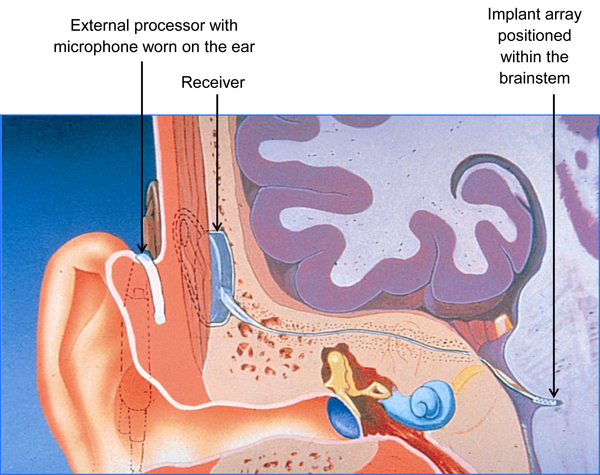

«The role of the Digisonic ABI in the management of neurofibromatosis type 2. Vincent, C., Venecloo, F.M., Schapira, S., Duhen-Tourelle, V., Allorge, D., Haddad, E., Lejeune, J.P., Vaneecloo, F.M. Results of MXM Digisonic auditory brainstem implant clinical trials in Europe. Vincent, C., Zini, C., Gandolfi, A., Triglia, J.M., Pellet, W., Truy, E., Fischer, G., Maurizi, M., Meglio, M., Lejeune, J.P., Vaneecloo, F.M. It is also compatible with MRI tests at 1.5 Tesla, commonly used in clinical practice.ġ. The quality of the chosen materials makes this device highly reliable. The Digisonic® SP ABI has some of the same competitive characteristics as the Digisonic® SP cochlear implant: a monobloc, compact receiver that integrates a unique fixation system. The Digisonic® SP ABI brainstem implant can be used with the Saphyr® neo collection sound processor. Depending on the signal processed by the external sound processor, each electrode stimulates a different region of the brainstem so that patients can perceive a wide range of sounds.

It is identical to a cochlear implant except that the stimulating. It is a treatment option for people with severe hearing loss due to damage to the inner ear (cochlear) and the auditory nerve. It comes with an array of 15 surface electrodes that are attached to the cochlear nuclei of the brainstem. The ABI consists of an external sound processor and an internal part with an electrode. What is an auditory brainstem implant (ABI) Auditory brainstem implants are devices that are surgically implanted to provide a better sense of sounds. With the Digisonic® SP ABI brainstem implant, users receive auditory sensations that can facilitate communication and improve their quality of life 1,2. Improved hearing for better quality of life

A brainstem implant is typically recommended in cases where hearing loss is accompanied by large lesions in both cochleae, including deterioration of the auditory nerve.


 0 kommentar(er)
0 kommentar(er)
